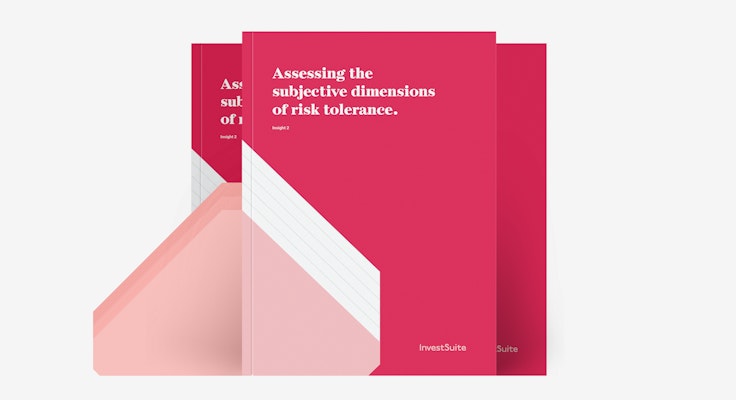iVaR - The risk measure best suited for crypto assets
Investors are increasingly interested in digital and crypto assets and are seeking advice for navigating this new space. Our innovative measure of risk, iVaR, and our Portfolio Optimizer enable you to offer crypto portfolios, add crypto assets to your portfolio, or build “satellite” portfolios with nothing but crypto.


Crypto portfolios need more than indexing
Indexing and baskets are popular, but they present several challenges:
Choosing assets: Crypto portfolios require smarter screening, as not all assets, for example, stablecoins or meme-coins, align with investor goals. Additionally, market cap alone offers no guarantee of liquidity, making it harder to exit positions when needed. Timing is also a challenge—baskets tend to form only after narratives gain traction, meaning investors may enter too late, missing the initial price surge.
Choosing weights: The crypto market is top-heavy, and high correlation among leading assets limits true diversification. With frequent volatility and major downturns, crypto investing resembles venture capital more than stock markets, making frequent rebalancing risky.

Webinar: Digital Assets Beyond Baskets and Indices
Digital assets are attracting investors eager to diversify their portfolios. According to EY's 2023 Global Wealth Management Research Report, investors with exposure to innovative assets are seeking more advice from wealth managers.
The current market largely offers "baskets" or indices for managing digital asset portfolios. While useful, these options come with several challenges.
In this webinar, we explore the limitations of crypto portfolios and highlight how InvestSuite’s Value at Risk (iVaR) can address them effectively.

Traditional Risk Measures Fail for Crypto—iVaR Delivers
Traditional Risk Metrics
Traditional risk measures, like Value at Risk (VaR) or standard deviation, assume a normal distribution of returns, which is far from true for crypto. These models often fail to capture the true nature of risk in the crypto space, penalizing gains while focusing too much on losses.
iVaR Solution
iVaR overcomes these limitations by providing a more realistic and human-centered view of risk. It’s designed to manage the inherent volatility of crypto assets.

Users want advise, you should offer it.
See how you can expand your reach and enhance client satisfaction with iVaR.

What's everyone reading?

Diversification in an iVaR framework: How iVaR leapfrogs Markowitz’ Curse of Diversification.
In this paper, we will explore how iVaR provides a next-generation, human-centric measure of risk that captures all risk dimensions an investor might care about. Building further on Dr. Markowitz groundbreaking work, we compare iVaR to traditional variance-based portfolios and find that iVaR tends to concentrate less and leads to more natural diversification. Dr. Markowitz was a pioneer in the world of economics and finance. His contributions and influence will remain a guiding force for us.
Read more

Assessing the subjective dimensions of risk tolerance
The limited space and time available during the in-app onboarding of clients creates a real challenge for roboadvisors. Collecting objective facts about investors is one thing. Understanding how they feel about risk is something completely different. It requires a scientifically sound methodology combined with an engaging user experience that sets the tone for a long and fruitful relationship.
Read more

Embracing the human perception of risk
InvestSuite’s approach to measuring risk arose from the desire to capture what people intuitively perceive as investment risk. In the end, investors all want the same thing – an account that offers the steady growth of a savings account with a very low probability of losing money, but with the returns of the stock market. We cannot guarantee this, but we can optimise for it, which is precisely why we have developed our own measure of risk: iVaR.
Read more